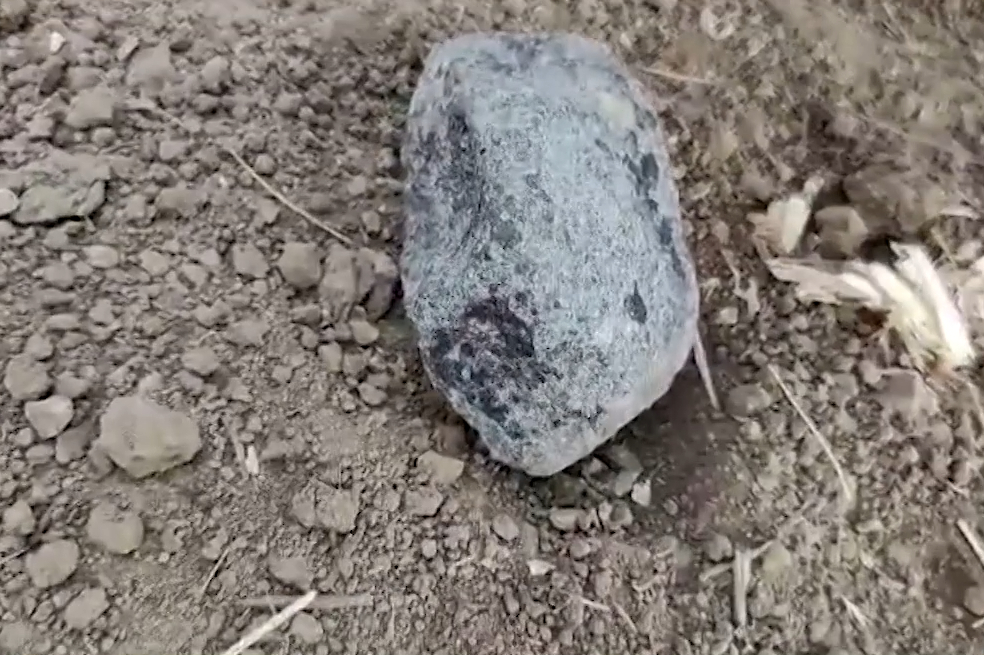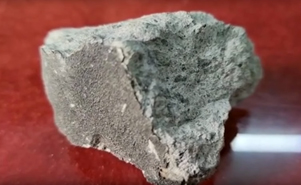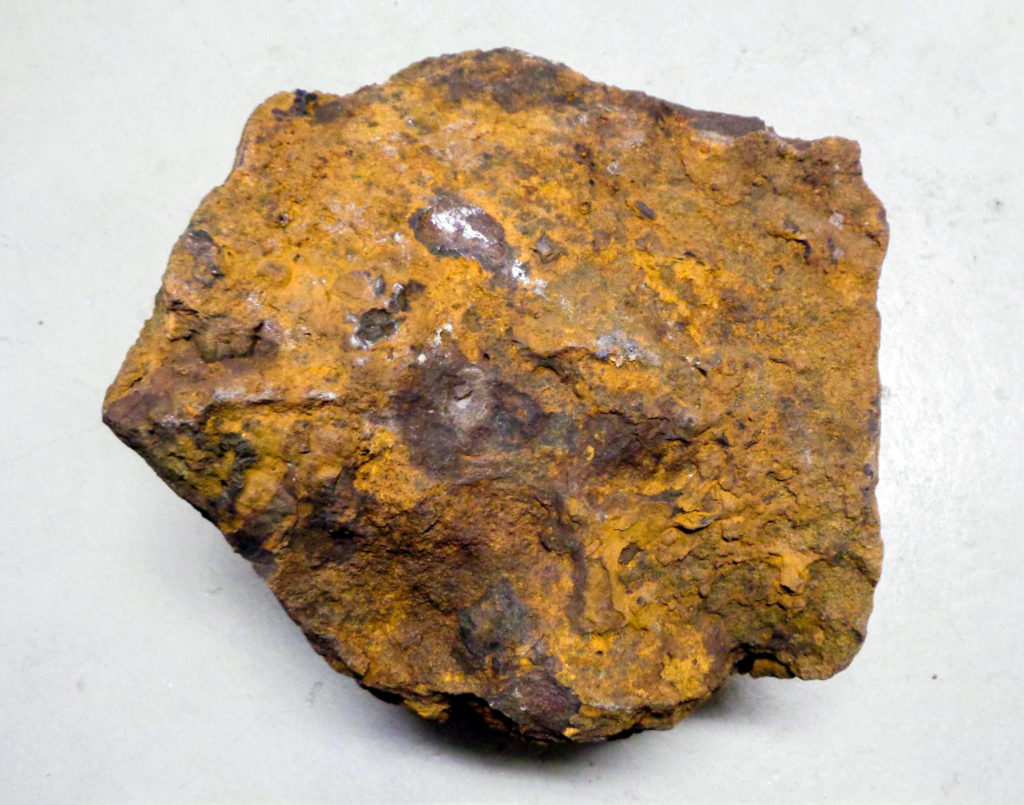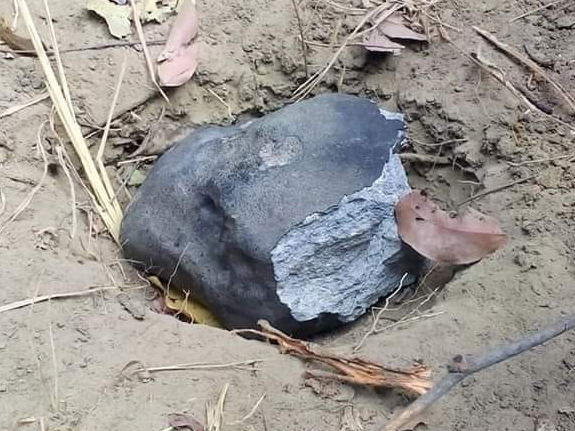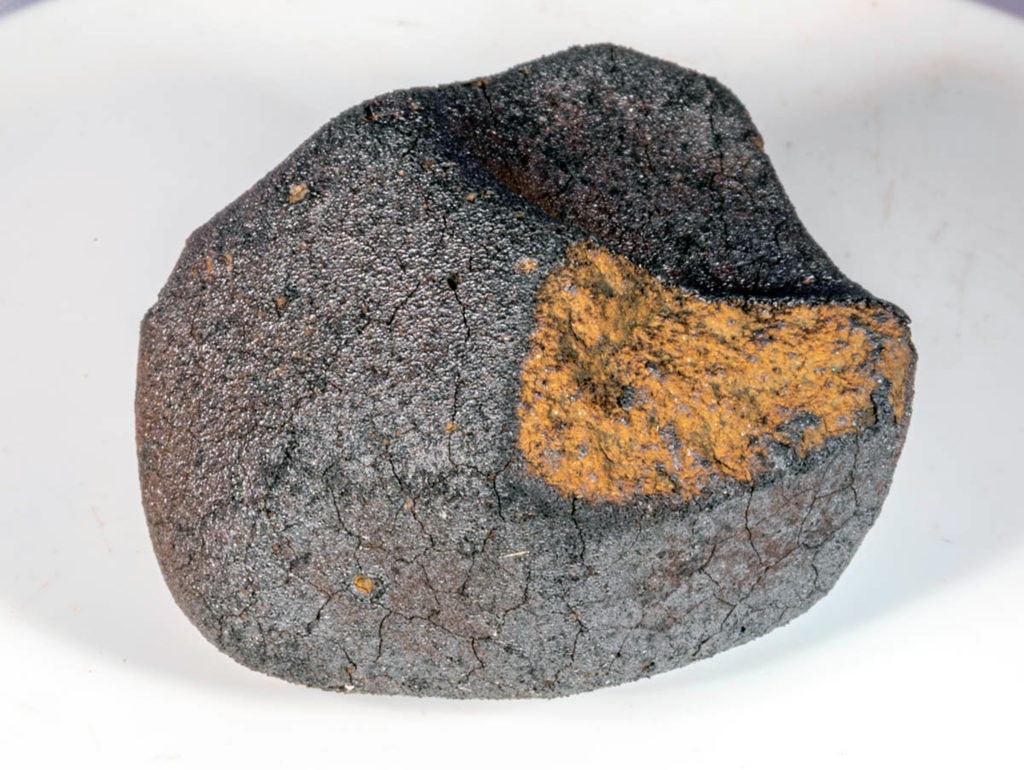Documenting microbial populations within the University of Alberta Meteorite Curation Facility using 16S rRNA gene sequencing: Implications for the curation of astromaterialsOPEN ACCESS
Libby D. Tunney, Aaron B. Regberg, Christopher D. K. Herd, Richard E. Davis, Christian L. Castro
MAPS, Version of Record online: 04 July 2025
LINK (OPEN ACCESS)
PDF (OPEN ACCESS)
“Meteorites are easily contaminated at the Earth’s surface by microbial activity. Here, DNA extracts from two meteorite specimens and samples from curation laboratory surfaces are analyzed with amplicon sequencing, to understand microbial communities that contaminate meteorites and that may be resident in curation facilities. In addition, two different DNA extraction kits, the PowerSoil DNA Isolation Kit and the QIAamp UCP Pathogen Mini Kit, are utilized to determine if certain kits are more favorable for low biomass studies of meteorites. We find that, regardless of the type of kit used, the majority of microbial taxa that dominate meteorite and meteorite curation environments include those that are prevalent in soils or in the human microbiome. Our results have implications for advanced curation methods to protect the intrinsic properties of meteorites, such as extraterrestrial organics and minerals, from microbes. Preserving meteorites in pristine states and understanding the complex relationship between meteorites and terrestrial microbes can inform our search for the origin of life or life elsewhere in the universe.”


